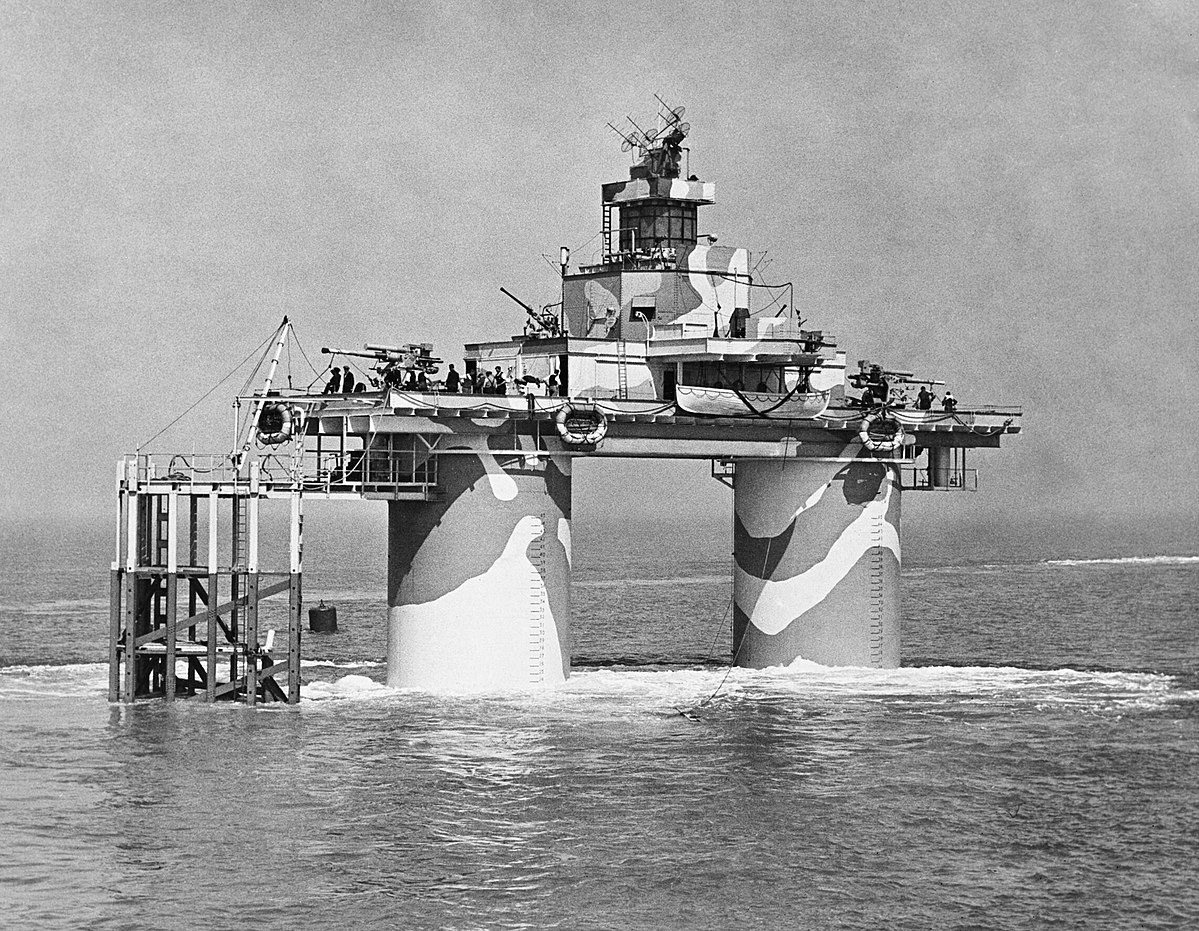Many moons ago,
 davebender
made a thread about alleviating the German fuel situation. Perhaps we can give it a second look now?
davebender
made a thread about alleviating the German fuel situation. Perhaps we can give it a second look now?
Of interest is the avgas, gasoline and diesel fuel for military trucks, subs and cars, as well as what to do with fuel required for civilian use (industry, transportation, agriculture).
A realistic approach is appreciated, ie. no 'future sends to Germans 100 fuel-laden tankers in 1939' etc.
Of interest is the avgas, gasoline and diesel fuel for military trucks, subs and cars, as well as what to do with fuel required for civilian use (industry, transportation, agriculture).
A realistic approach is appreciated, ie. no 'future sends to Germans 100 fuel-laden tankers in 1939' etc.

